On Feb. 6, 1821, young Capt. Nathaniel Palmer and the four-man crew aboard the Hero were becalmed in uncharted waters off Antarctica, hoping not to run into anything.
Palmer rang the ship’s bell, and was shocked to hear a bell reply from a distance.
A half hour passed, and again Palmer rang the bell. Again a bell tolled in reply. He later said,
I could not credit my ears. I thought I was dreaming, save for the screeching of the penguins, the albatrosses, the pigeons and the Mother Cary chickens [Wilson’s petrels], I was sure no living object was within leagues of the sloop.
Nathaniel Palmer
When the fog cleared, Palmer and his men found themselves between two Russian warships, the Vostok and Minyy, sent by the czar on a worldwide voyage of exploration.
The captain of the Vostak, Fabian von Bellingshausen, discovered Antarctica a year earlier. He summoned Palmer and, according to lore, was astonished to find someone so young – Palmer was 21 — and in such a small vessel sailing the treacherous waters.
Palmer offered to pilot the Vostok to Deception Island, an extremely safe harbor he had discovered on a journey three months previously. He also told Bellingshausen of an immense peninsula of land to the south. Bellingshausen graciously offered to name Palmer’s discovery Palmer Land on Russian charts.
Today, the southern portion of the Antarctic Peninsula is officially known as the Palmer Land.
Stonington Sealers
How Nathaniel Palmer came to discover a part of Antarctica has to do with the old China trade.
When the Treaty of Paris was signed in 1783 it opened the Orient to trade with the United States. But the young country had little to trade. The Chinese valued its ginseng and bullion, but it was the fur of sea otters and seals that really opened the China trade to Americans.
For more than six decades, ships from Stonington, Conn., dominated the seal trade. The first Stonington sealer sailed out in 1818; the last, in 1892.
Seal fur commanded such high prices in China that sealers slaughtered seals to near-extinction in many places.
When the known seal rookeries ran out of seals, ships from Stonington led the search for new sealing grounds in the South Atlantic.
Tame As Kittens
Nathaniel Palmer was a Stonington native, born on Aug. 8, 1799, the son of a shipbuilder.
He went to sea at age 12 on ships running the British blockade between Boston and Portland during the War of 1812.
In 1819, he got a job as second mate on the Hersilia, which voyaged to the South Atlantic in search of rookeries rumored to be teeming with seals ‘as tame as kittens.’
Hersilia sailed to the South Shetland Islands, where the rumors turned out to be true. The vessel returned with 8,868 sealskins in May of 1820. They sold for $22,000, worth about a half million dollars today.
The news of the Hersilia‘s find sent the sealers of Stonington and other East Coast ports into a frenzy outfitting ships for sealing expeditions. Thirty sealers set off for the islands that brimmed with seals. They sailed from Nantucket, New Bedford, Salem, New Haven, Fairhaven, New York, Britain and Russia.
Palmer invested his share of the profit from the Hersilia voyage into two small sloops, the Express and the Hero, which he captained. They joined a fleet of five sealing ships making the exodus to the South Shetlands, and met up with them on Livingston Island. The fleet anchored in a position vulnerable to gales, so Palmer and his crew sailed farther south in November to find a better harbor.
The Hero
The Hero was a tiny vessel, only 47 feet long, ideal for scouting good harbors and beaches. On that scouting expedition, Palmer discovered Deception Island, the Orleans Strait and two good harbors at Half Moon Island and Yankee Harbor. He returned to the fleet and brought them to Yankee Harbor.
Three months later, he made the encounter with the Vostok that affixed the name of Palmer to the frozen continent. He is sometimes credited with discovering Antarctica, but Bellingshausen and Irish explorer Edward Bransfield clearly preceded him.
The next year on another sealing voyage, Nathaniel Palmer made his last discovery: the South Orkney Islands.
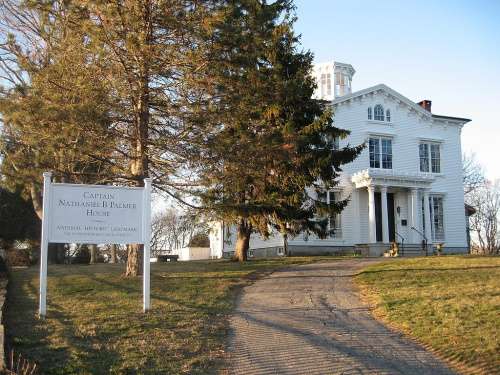
Nathaniel Palmer House
He turned his attention from sealing to captaining fast sailing ships to Asia. He designed hulls and rigging to make the ships even faster, becoming a co-developer of the clipper ship.
Nathaniel Palmer died a wealthy man on June 21, 1877.
His home in Stonington was declared a National Historic Landmark in 1996.
We are indebted to Eric Jay Dolin’s book, When America First Met China: An Exotic History of Tea, Drugs, and Money in the Age of Sail, for this story. This story was updated in 2023. Images: Half Moon Island CC BY-SA 3.0, https://commons.wikimedia.org/w/index.php?curid=1257329. Nathaniel Palmer House By Parker Higgins – Own work, CC BY-SA 3.0, https://commons.wikimedia.org/w/index.php?curid=3833701.
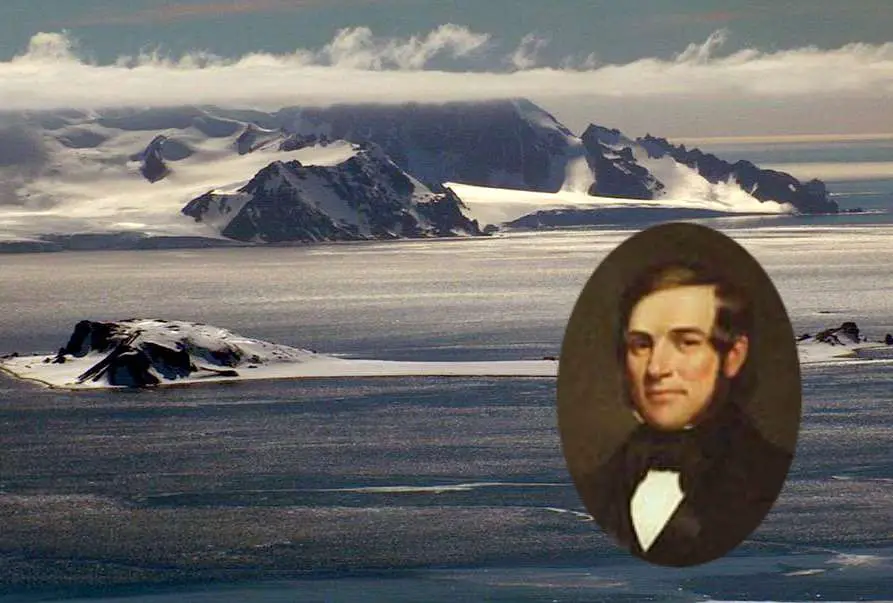
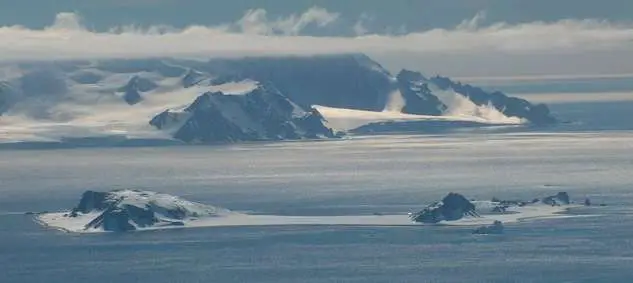
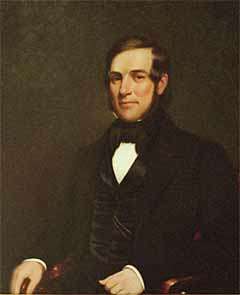
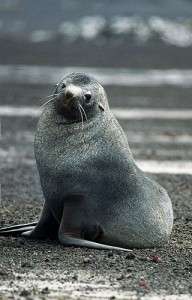

1 comment
[…] 1801, Stephen and Joshua agreed to send James Mye as a cabin boy on a sealing voyage aboard the Trial for 1/100th of the ship's profits. The ship captain was Thomas Coffin, father of […]
Comments are closed.